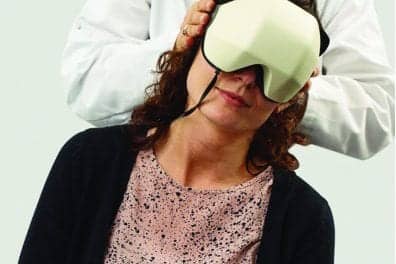Government personnel and their families at the US embassy in Havana, Cuba, in late 2016, and later at the US consulate in Guangzhou, China, began suffering from a range of unusual — and in some cases suddenly occurring — symptoms such as a perceived loud noise, ear pain, intense head pressure or vibration, dizziness, visual problems, and cognitive difficulties, and many still continue to experience these or other health problems. As part of its effort to ascertain potential causes of the illnesses, inform government employees more effectively about health risks at posts abroad, and determine best medical practices for screening, prevention, and treatment for both short- and long-term health problems, the US Department of State asked the National Academies of Sciences, Engineering, and Medicine (NASEM) to provide advice. After undergoing a security review, the National Academies’ report is now available, according to a press release posted on the NASEM website.
Related article: Medical Team Publishes Clinical Findings of Reported Balance Disorder in US Diplomats in Cuba
In examining plausible causes of these illnesses, the committee that conducted the study and wrote the report considered the possibilities of directed, pulsed radio frequency energy, chemical exposures, infectious diseases such as Zika, and psychological issues. “An Assessment of Illness in US Government Employees and Their Families at Overseas Embassies” says that among the mechanisms the committee considered, directed, pulsed radio frequency energy appears to be the most plausible mechanism in explaining these cases, especially in individuals with the distinct early symptoms. Persistent postural-perceptual dizziness (PPPD) — a functional (not psychiatric) vestibular disorder that may be triggered by vestibular, neurologic, or other medical and psychological conditions — is a secondary reinforcing mechanism, as well as the possible additive effects of psychological conditions.

The committee could not rule out other possible mechanisms and found it is likely that a multiplicity of factors explains some cases and the differences between others. In particular, it could not be certain that the individuals with only the chronic set of signs and symptoms suffered from the same causes and mechanisms as those who reported the initial, sudden onset set of signs and symptoms. The committee noted that it faced several challenges in its assessment, related to the extreme variability in the clinical cases as well as lack of access to specific health or personal information on the affected individuals.
“The committee found these cases quite concerning, in part because of the plausible role of directed, pulsed radiofrequency energy as a mechanism, but also because of the significant suffering and debility that has occurred in some of these individuals,” said committee chair David Relman, Thomas C. and Joan M. Merigan Professor in Medicine, professor of microbiology and immunology, and senior fellow at the Center for International Security and Cooperation at Stanford University. “We as a nation need to address these specific cases as well as the possibility of future cases with a concerted, coordinated, and comprehensive approach.”
The report includes a number of recommendations for rehabilitation and actions the State Department should take to enhance responses to future threats to the well-being of its personnel and their families.
The study — undertaken by the Standing Committee to Advise the US Department of State on Unexplained Health Effects on US Government Employees and Their Families at Overseas Embassies — was sponsored by the US Department of State. The NASEM are private, nonprofit institutions that provide independent, objective analysis and advice to the nation to solve complex problems and inform public policy decisions related to science, technology, and medicine. They operate under an 1863 congressional charter to the National Academy of Sciences (NAS), signed by President Lincoln.
Original Paper: Relman D, Pavlin JA. An assessment of illness in US Government employees and their families at overseas embassies. Washington, DC. National Academies of Sciences, Engineering, and Medicine. Published 2020. National Academies Press. https://www.nap.edu/catalog/25889/an-assessment-of-illness-in-us-government-employees-and-their-families-at-overseas-embassies.
Source: NASEM





